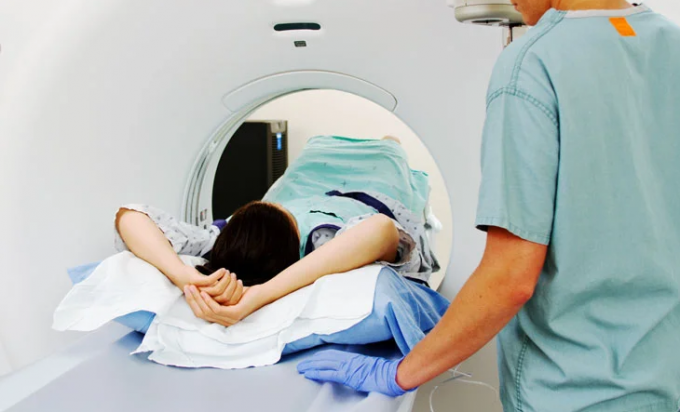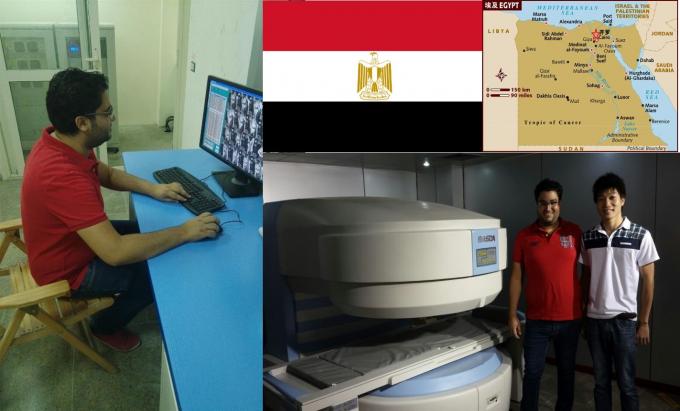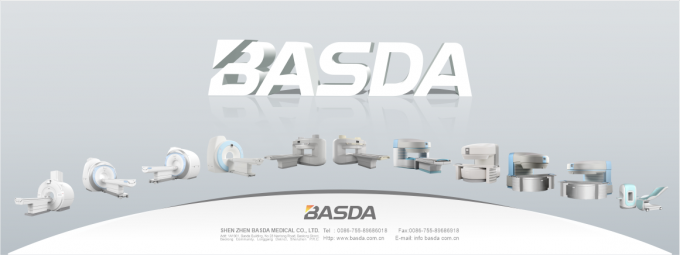Magnetic Resonance Imaging (MRI) is a medical imaging technique that has revolutionized the diagnosis and treatment of many diseases. The MRI industry has seen numerous advancements in recent years, leading to improved image quality, increased accessibility, and a wider range of clinical applications. In this article, we will discuss the general advancements in the MRI industry and the current situation of the permanent magnet MRI system.
Advancements in the MRI Industry
1. High-field MRI:
There has been a growing trend towards using high-field MRI machines, which have higher magnetic field strengths and can produce higher quality images. These machines have become more widely available in recent years, which has led to increased demand for them in clinical and research settings.
2. Artificial Intelligence:
There is an increasing use of artificial intelligence in MRI, both to improve image quality and to aid in image interpretation. For example, AI algorithms can be used to remove noise from MRI images, to enhance tissue contrast, and to automate the segmentation of anatomy in images.
3. Advancements in contrast agents:
The development of new contrast agents has enabled MRI to be used for a wider range of applications, such as functional MRI (fMRI), which is used to measure brain activity, and molecular imaging, which can help to detect cancer and other diseases at an early stage.
4. Improved hardware:
There has been ongoing progress in developing new MRI hardware, including new coils for improved image quality, and new pulse sequences for faster imaging.
5. Increased accessibility:
In an effort to make MRI more accessible to patients, there has been a growing trend towards the use of portable MRI machines, which are smaller and more mobile than traditional MRI machines. This has made it possible to perform MRI scans in locations where it was previously not possible, such as in rural areas or in developing countries.

Was Permanent MRI Abandoned?
Current situation of the Permanent Magnet MRI System Permanent magnet MRI machines use a permanent magnet to generate a strong, stable magnetic field for imaging. They are widely used in clinical settings due to their compact size, low cost, and ease of use.
In recent years, the use of permanent magnet MRI machines has become increasingly popular, particularly in developing countries where access to high-field MRI machines is limited. However, it's important to note that permanent magnet MRI machines have some limitations compared to high-field MRI machines. For example, they tend to have lower magnetic field strengths, which can result in lower image quality.
Despite these limitations, permanent magnet MRI machines have proven to be a valuable tool for a wide range of clinical applications, and their popularity is likely to continue to grow in the coming years. In addition, advances in technology may help to improve the image quality and capabilities of permanent magnet MRI machines in the future.
In conclusion, the MRI industry has seen significant advancements in recent years, leading to improved image quality, increased accessibility, and a wider range of clinical applications. Permanent magnet MRI machines have proven to be a valuable tool in the medical field and their popularity is likely to continue to grow in the future. The continued advancements in the MRI industry promise to bring even more exciting developments in the diagnosis and treatment of diseases.

BTI-035 @ Cairo, Egypt

 Your message must be between 20-3,000 characters!
Your message must be between 20-3,000 characters! Please check your E-mail!
Please check your E-mail!  Your message must be between 20-3,000 characters!
Your message must be between 20-3,000 characters! Please check your E-mail!
Please check your E-mail!



